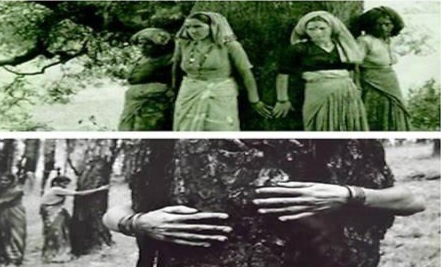
|
Movement |
Year |
Location |
Purpose |
|
Silent Valley Movement |
1973 |
Kerala |
Protest against a hydroelectric dam |
|
Appiko Movement |
1983 |
Karnataka |
Inspired by Chipko, against deforestation |
|
Narmada Bachao Andolan |
1985 |
Madhya Pradesh |
Opposed large dams on the Narmada River |
|
Chilika Bachao Movement |
1990s |
Odisha |
To save the Chilika Lake ecosystem |
|
Kashipur Anti-Mining |
2000s |
Odisha |
Protest against Bauxite mining |
|
Gandhamardan Movement |
1980s |
Odisha |
Resistance against mining on sacred hills |